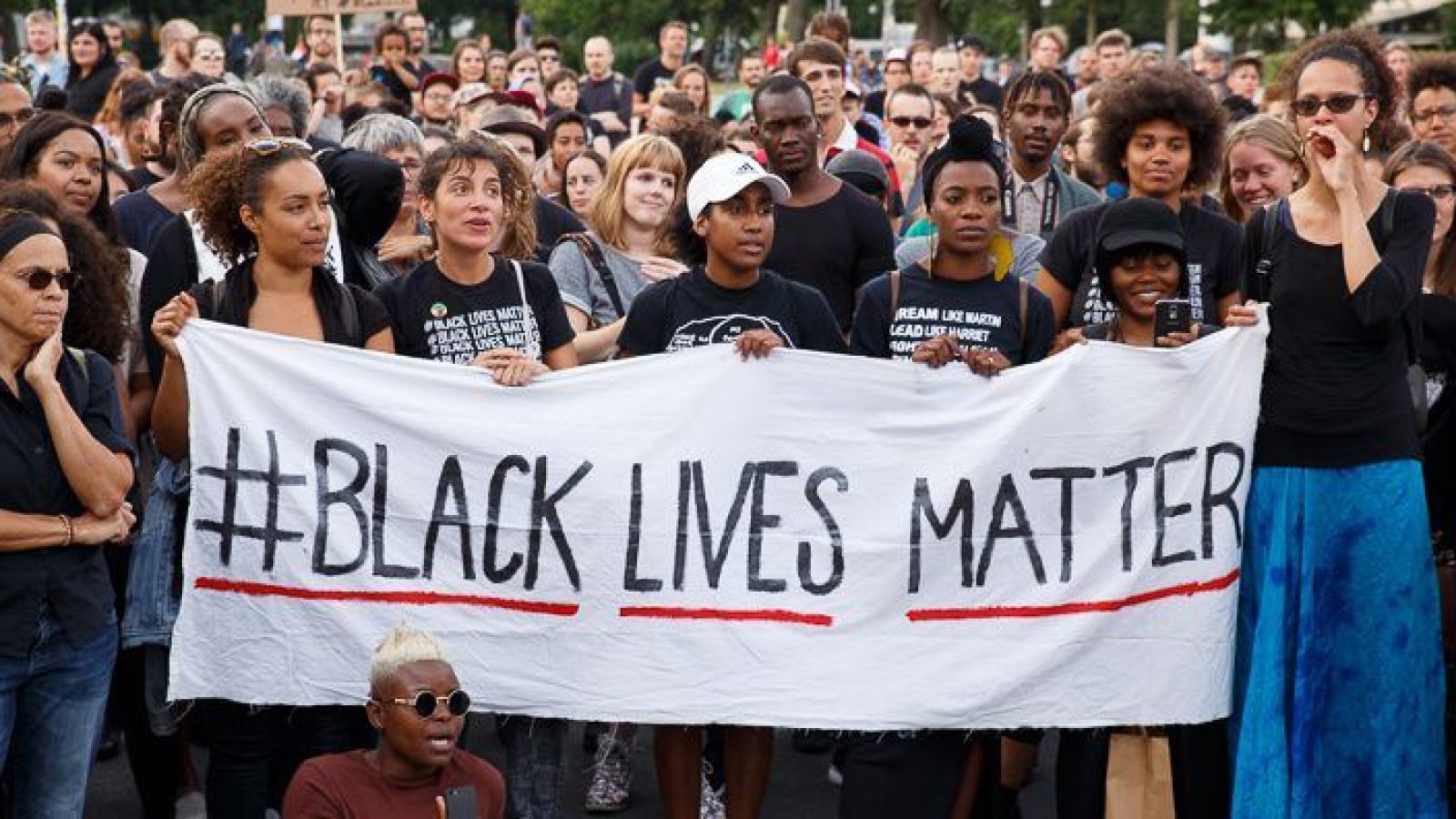According to reports, the Black Lives Matter national organization is on the verge of financial collapse despite raising $90 million in 2020.
Financial disclosures indicate the foundation ran an $8.5 million deficit last year.
The New York Times reported in 2022 that the foundation once had $42 million in assets.
In the tragic, whirlwind year of 2020, with racial-justice protests prompted by the killing of Black men and women by police officers, the Black Lives Matter Global Network Foundation raised $90 million, much of it small donations from rank-and-file supporters. A recent tax filing from the group shows that by the middle of last year, more than half of that money had been granted to smaller organizations or spent on consultants and real estate, leaving the foundation with $42 million in assets.
The foundation’s finances have been subjected to criticism both from participants in the Black Lives Matter movement and from their opponents. Many local groups that are part of the movement have called for more transparency and a greater role in making decisions, as well as more money for the organizations led by activists on the ground. At the same time, opponents of Black Lives Matter have tried to portray spending by one of the group’s founders as evidence of widespread mismanagement in a manner that appears intended to impugn the cause of racial justice as well as the group.
JUST IN – Black Lives Matter risks going bankrupt after an $8.5 million deficit last year, financial disclosures indicate — Newsweek
— Disclose.tv (@disclosetv) May 24, 2023
BLM’s Global Network Foundation has faced continued scrutiny for its financial expenses, particularly salaries paid to board members and family members of the founder.
BLM: Bankruptcy and Laundering Money. https://t.co/JDCG2iHJQJ pic.twitter.com/eaSICOj91Q
— ZNO 🇺🇸 (@therealZNO) May 24, 2023
BLM raised $90 million just in 2020 and tens of millions since then
Now the organization is on the verge of declaring bankruptcy
Where did all the money go?
— End Wokeness (@EndWokeness) May 24, 2023
Daily Mail reported:
Yet despite the financial controversy and scrutiny, BLM GNF continued to hire relatives of the founder, Patrisse Cullors, and several board members.
Cullors’ brother, Paul Cullors, set up two companies which were paid $1.6 million providing ‘professional security services’ for Black Lives Matter in 2022.
Paul Cullors was also one of BLM’s only two paid employees during the year, collecting a $126,000 salary as ‘head of security’ on top of his consulting fees. He is best known as a graffiti artist, with no background in security.
Patrisse Cullors defended hiring him, saying registered security firms which hired former police officers could not be trusted, given the movement’s opposition to police brutality.
For the previous year, 2021, tax filings revealed that BLM paid a company owned by Damon Turner, the father of Cullors’ child, nearly $970,000 to help ‘produce live events’ and provide other ‘creative services.’
Cullors resigned in May 2021.
‘While Patrisse Cullors was forced to resign due to charges of using BLM’s funds for her personal use, it looks like she’s still keeping it all in the family,’ said Paul Kamenar, an attorney for the National Legal and Policy Center watchdog group.
Name an organization that managed their money worse than BLM. https://t.co/zQMwZAVW2G pic.twitter.com/OBWFWEAgcM
— The Redheaded libertarian (@TRHLofficial) May 24, 2023
Newsweek shared additional details:
The nonprofit’s latest Form 990 shows that a loss of just over $961,000 was logged on a securities sale of $172,000. The disclosures suggest a year of missteps for the foundation, as well as a dramatic drop in donations.
The foundation was started by organizers of the Black Lives Matter movement, which first emerged in 2013 following the acquittal of George Zimmerman in the killing of 17-year-old Trayvon Martin. It is not the sole organization within the broader movement but is the largest and most well-funded.
Donations amounted to about $9.3 million for the period between July 1, 2021, and June 30, 2022, while net assets stood at about $30 million. By comparison, for the period between July 1, 2020, and June 30, 2021, the organization reported donations of nearly $77 million, while net assets amounted to $42 million, suggesting a sizeable drop in both categories.
Brian Mittendorf, a professor of accounting at Ohio State University, told Newsweek that the “financials indicate spending down some of the windfall the organization received in the previous fiscal year.
“This does not necessarily mean the organization is headed toward insolvency. However, if their revenues continue as they are after the windfall from 2020-2021, they cannot maintain the spending level from 2022 indefinitely, so the organization would need to shrink its spending footprint to be sustainable.”



Join the conversation!
Please share your thoughts about this article below. We value your opinions, and would love to see you add to the discussion!